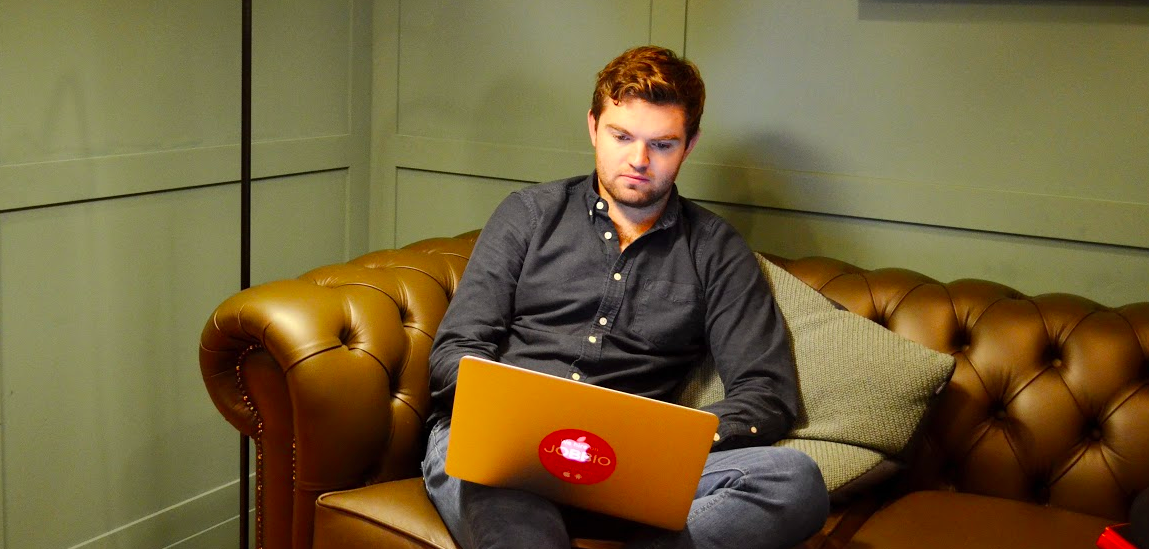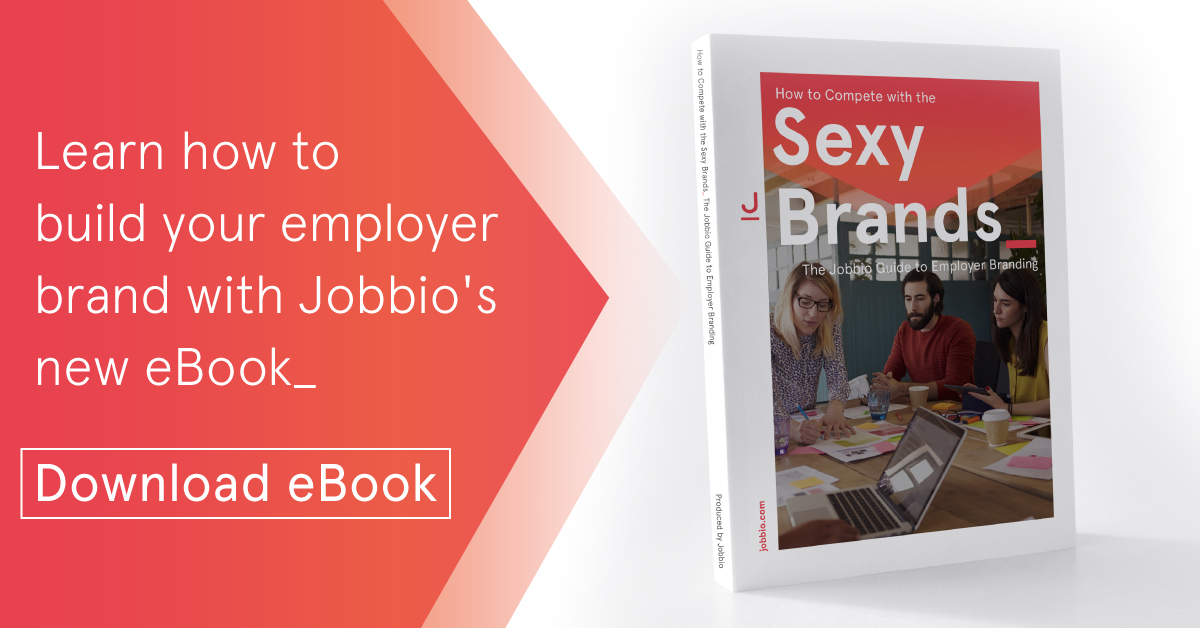Considering the spate of redundancies we’ve seen over the last few years, having a gap on your CV now is almost expected.
Sure, your parents or grandparents could’ve worked at the same company for 40 years, but modern careers are no longer so linear.
Even think of The Squiggly Careers podcast. The name says it all. Most careers will have highs and lows, and won’t always be on an upward trajectory.

Whether you’ve taken time off as maternity, paternity or carer’s leave, experienced redundancies, pursued further education, took a gap year or career break, or had a period of ill health, these gaps can raise questions for potential employers if not addressed.
Remember, all gaps can be positioned as opportunities for growth and career redirection, embracing this and communicating it is key.
Honest-ish in the best policy
People say honesty is the best policy, but professional honesty is something different.
Disclosing your reason for leave is a personal decision and depends on a number of factors, including the company culture, local laws and your own comfort level.
Some countries have legal protections in place to protect employees from discrimination based on particular absences, like maternity and paternity leave. Research the relevant laws for your location, as well as the company’s culture and policy on diversity, inclusion and work-life balance.
Progressive organisations like to shout about supporting employees through major life events, while others have a more traditional stance. Understanding the company culture will allow you to make a decision on what information you’re happy to disclose.
Use your CV as an intro
If the idea of navigating this discussion in an interview gives you the ick, set yourself up for the conversation by including the gap on your cv. Headlining it as ‘Career Break’ means you don’t have to go into specifics, unless you want to.
Underneath, a short narrative like the below explains your absence, gives as much away as you want to, and positions the gap positively.
For example:
Career Break
January 2023 – September 2023
Took a hiatus from professional responsibilities to focus on health/family/reskilling/travel. During this time, remained engaged in industry-related reading and online courses to stay updated on trends and best practices.
Ideally, you’ll have examples of any online courses, reading or trends you identified during this period that can also be talking points. But most hiring managers won’t probe too much.
Stay positive
If you’ve experienced redundancy, resentment can linger. But remember, people aren’t made redundant, positions are. A company can restructure or change focus at any time, so when talking about a previous employer, stick to the facts and focus on the positive outcomes.
Perhaps you’ve used the opportunity to explore new industries, update your hard or soft skills, or even start your own venture. Talk about how you turned the redundancy into an opportunity, and demonstrate how you’ve no hard feelings. This shows professionalism, resilience and initiative to potential employers.
Line up some referrals
If you’ve a gap on your CV, a potential employer may have a question mark over your name.
Address this proactively by connecting with former colleagues, bosses, mentors and industry contacts and obtain references from those who can vouch for your skills and work ethic. This can mitigate any concerns hiring managers may have, and having these will be beneficial to your longer-term career advancement.
Looking for more career advice?
Check out our Cheat Sheet series which includes advice on what to never say in an interview and the things you should never do when you leave a company.
Want more like this?
If you enjoyed what you’ve read above, and would like to get original work-related content on your own website, plus the chance to maximise your revenue, contact us now.











